Knowing how to store onions can make all the difference in keeping them fresh and ready to use. No one likes reaching for an onion only to find it’s gone soft or moldy — especially when you need it for tonight’s dinner. The good news is that with a few simple storage tricks, you can keep your onions in great shape and cut down on food waste, too.

The right type of storage can significantly extend an onion’s shelf life. Each storage method is suited to different types of onions and the length of time you wish to store them. Different varieties may have varying needs, but the fundamental principles of onion storage apply universally across types. Knowing the best approach makes all the difference, whether you’re dealing with sweet onions that you plan to use quickly or more pungent varieties intended for long-term storage.
Most important considerations
Storing onions is all about finding the perfect Goldilocks zone — not too hot, not too humid and with just the right amount of airflow. This balance is crucial because onions are prone to sprouting or becoming moldy when conditions deviate from the ideal. Understanding how to store onions according to these factors is crucial for their longevity. Follow these tips, and your onions will last for weeks or even months.
Type of onions for storage
To store onions effectively, consider their type and condition. Yellow onions last for months with their bold flavor and versatility, while red onions, like those in my creamy dill cucumber onion salad, have a shorter shelf life but add vibrant color and flavor to dishes. Sweet onions, like Vidalia, spoil faster due to their higher water content and lower sulfur levels.
Look for firm and heavy onions with dry, papery skins. Avoid any that have moisture, soft spots, mold, or sprouts. Properly selected, good-quality onions can remain fresh for 3 to 6 months, while those with blemishes might only last a few weeks.
Temperature and humidity
Store onions in a cool, dry place, ideally at temperatures between 45 F and 55 F. The perfect humidity level is between 65% and 70%. Try to avoid dramatic temperature swings, as this can cause condensation and decay.
Light and airflow
Keep your onions in a well-ventilated spot that is shielded from direct sunlight. Sun exposure can lead to sprouting or spoilage. This spot should be away from the heat sources like stoves or heaters to maintain the optimal environment. Good airflow reduces moisture buildup, which helps prevent mold and rot.
Preparation for storage
Proper preparation before storing onions is essential to prolong their shelf life. This involves the curing process and thorough cleaning and inspection of the onions.
Curing process
Curing is a critical step that allows onions to develop protective layers. After harvesting, onions must be dried in a well-ventilated area for about two weeks. This helps to harden the onion skins, which increases their durability during storage.
Ideal conditions for curing include temperatures between 75 degrees F and 80 degrees F with low humidity. If left in damp environments, onions can rot. The process also enhances the flavor by concentrating the sugars. Once cured, the outer skins should feel papery, and the necks should be tight.
Cleaning and inspection
Before storing, onions must be cleaned and inspected carefully. They should be brushed gently to remove dirt and any remnants of plant material. This step prevents mold and rot during storage.
Any onions with signs of damage, bruising, or soft spots should be discarded during inspection. It is crucial to store only healthy onions, as damaged ones can spoil other stored onions. After cleaning, the onions should be air-dried completely to avoid moisture buildup.
Storing whole onions
Here are some of the best storage methods for whole onions, including white, yellow and red onions. Green onions and sweet onions have different storage requirements, which are discussed below.
How to store onions in bins and boxes
Wooden bins or cardboard boxes with holes for air circulation are excellent for storing large quantities of onions. They provide ample space, allowing onions to be held in bulk, which is helpful for anyone who buys large quantities or harvests them from their garden.
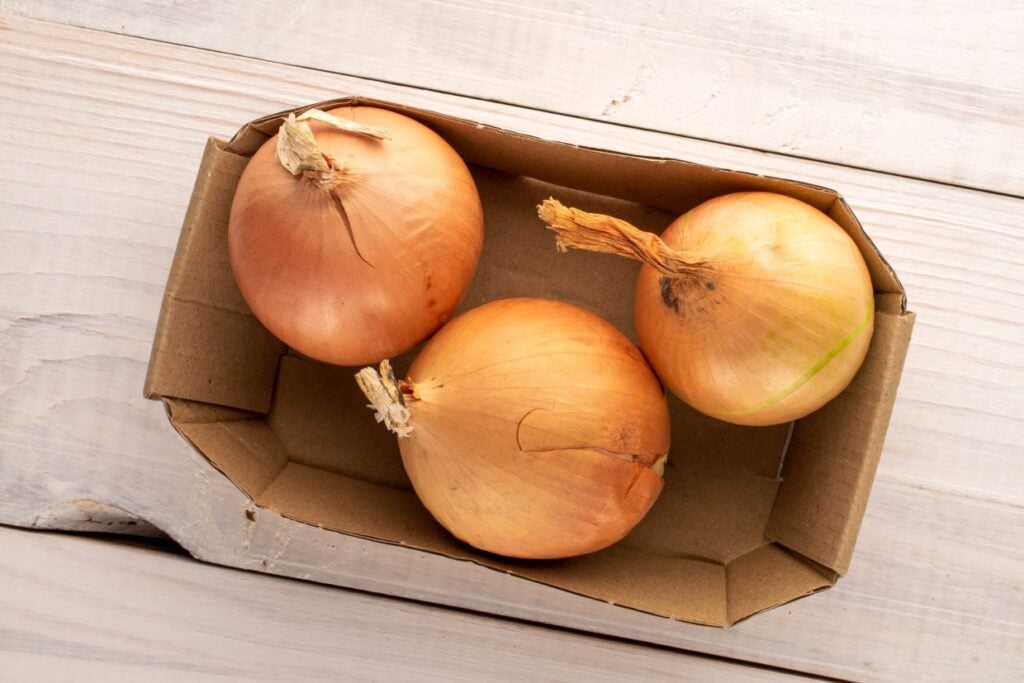
Bins or boxes provide good air circulation as long as they are not packed too tightly. Spacing is key; adequate room between onions ensures air can circulate freely, warding off potential moisture problems. This is crucial for preventing moisture buildup, which leads to mold and rot.
Keep these storage containers in a dark place to avoid direct sunlight. Overall, bins or boxes provide convenience, efficient space utilization and the environmental conditions needed to keep large quantities of onions fresh for an extended period.
Hanging onions
Hanging onions is effective since it promotes excellent air circulation, reducing the risk of moisture buildup. It also mimics traditional drying methods that have been used for centuries. It also allows for easy visual inspection, which is important for early detection of any issues.
This method takes advantage of vertical space, which makes it ideal for someone with limited storage space. Ensure the onions hang out of direct sunlight in a cool, dry spot. Here are three popular methods for hanging onions.
- Mesh bags or netting: Place onions in mesh bags or netting that allow airflow. Hang these bags from hooks or nails in a dry, airy space.
- Braided onion tops: For onions with long, flexible stems, braiding the tops together creates a natural hanging chain. This method stores the onions effectively and adds a rustic charm to your kitchen.
- Pantyhose: Try knotting onions into the legs of the pantyhose and hanging them. Place an onion into the foot, tie a knot above it, add another onion and repeat. Cut below a knot whenever you need an onion.
“I usually buy a bag of onions when I’m out shopping. When I get home, I take them out of the bag, put them in a basket and spread them out so they get some air. The basket sits in a shady corner of my veggie rack, away from any sunlight.”
— Jere’ Cassidy, One Hot Oven
Storing sweet onions
Sweet onions have a mild flavor and subtle sweetness, which makes them perfect for salads or for classics like a blooming onion. However, their high water content makes them more perishable than other whole onions.
Hanging is an excellent option for storing sweet onions, but they don’t keep as well when stored in boxes. You can also store them in the refrigerator’s vegetable bin for a few weeks. Wrap them in paper towels to absorb moisture and keep them away from other vegetables.
Storing green onions or scallions
Green onions have a much shorter shelf life than bulb onions.
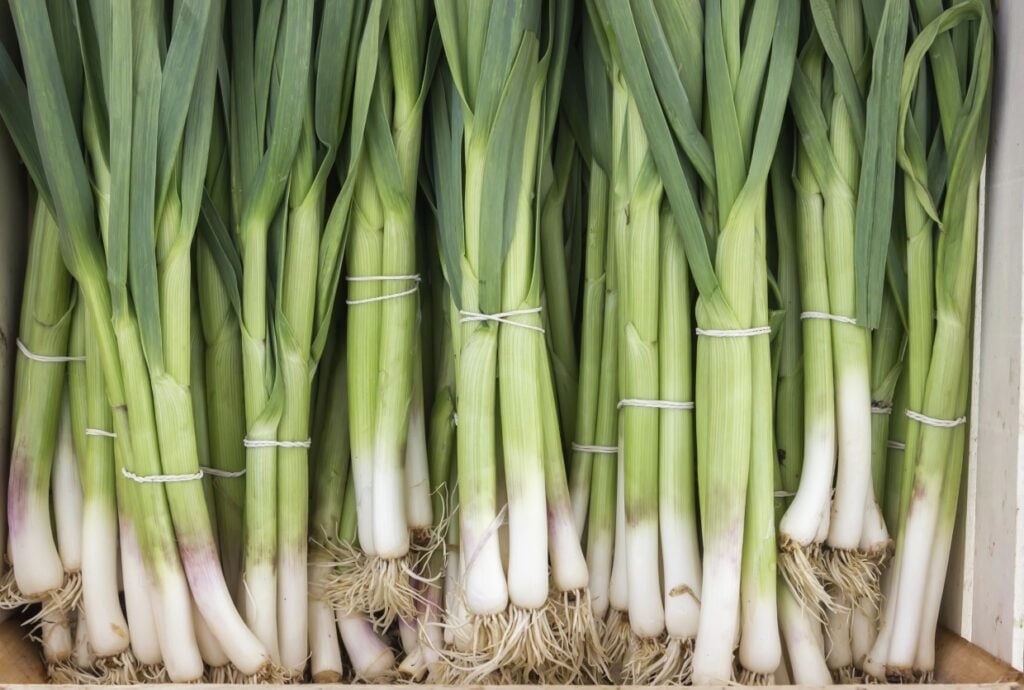
Wrap them loosely in a damp paper towel and place them inside a breathable bag or container in the refrigerator. They should stay fresh for about one week. Avoid washing them before storage, as this adds moisture and speeds up decay.
Common onion storage mistakes
Onion storage isn’t rocket science, but there are a few pitfalls to avoid. These mistakes can shorten their lifespan and leave you with bland, sad bulbs.
- Using plastic bags: Plastic bags trap moisture, leading to mold and soft, squishy onions. Mesh bags are a better choice. If you buy onions in plastic bags, take them out as soon as you get home from the store.
- Storing onions near other fruits and vegetables: Onions, potatoes, bananas and many other fruits and vegetables emit ethylene gas, which speeds up the ripening process for nearby produce. Keeping these stored separately will extend their shelf life.
- Storing onions in the refrigerator: A refrigerator is too cold and moist for fresh onions other than green or sweet ones. However, it does work for onions that are chopped or sliced. These should be stored in the refrigerator tightly sealed in an airtight container or plastic wrap. They will stay fresh for about one week.
Maximizing onion shelf life
Frequent checks and storage rotation are essential for long-lasting onions. Inspect your onions at least once a week. Look for signs of moisture, mold or sprouts. Immediately remove any onions showing signs of spoilage to prevent the spread of rot.
Here’s how to address some common issues:
- Soft spots: Begin by feeling your onions during routine checks. Soft spots can indicate the start of rot. Use these onions as soon as possible to avoid wasting them, and inspect surrounding onions for similar issues.
- Black mold: If you find black mold on any onions, throwing them away immediately is crucial. This mold can spread quickly and compromise the quality of other onions.
- Sprouting: Onions sprout when exposed to too much warmth or light. While sprouted onions can still be used, their flavor may not be as robust. You can plant sprouted onions to grow new ones if you’re interested in gardening.
- Off smells: Any sour or funky smells from your storage area should be a red flag. Check all onions and remove any that are starting to rot. Improving ventilation can help prevent this issue.
Additionally, use your older onions first. When adding new onions to your storage, place them behind or beneath the older ones.
Other preserving methods
If you don’t want to store large quantities of onions, there are other preservation methods that go beyond these basic methods. For long-lasting flavor, you can freeze, pickle or dehydrate your onions.
Freezing onions
To freeze onions, first peel and chop them to your desired size. Spread the chopped onions on a baking sheet in a single layer and freeze until solid. Once frozen, transfer the onions to airtight containers or freezer bags. Frozen onions will stay fresh for up to eight months.
Pickled onions
Pickling onions is a delightful way to preserve their crispness and add a tangy flavor, making them a versatile condiment. You can make refrigerator pickles or process them with water bath canning. Pickled onions can last for months.
Dehydrating onions
Dehydrating onions locks in flavor and significantly extends shelf life. Peel and thinly slice the onions. Arrange the slices in a single layer on dehydrator trays, making sure they don’t overlap. Set your dehydrator to 125 F and dry for 10 hours or until completely crisp. Store the dehydrated onions in an airtight container in a cool, dark place. They can last for up to a year.
Summing up
Mastering how to store onions is essential for anyone looking to make the most of their kitchen staples. Whether you’re hanging them in a cool, dry area, keeping them in mesh bags for good air circulation or even dehydrating them for extended preservation, there’s a method that can fit your lifestyle. With these tips, you can make sure you always have onions on hand to create delicious dinners, from savory soups to flavorful fajitas.
More food and cooking resources
Portions of this article originally appeared on Food Drink Life.
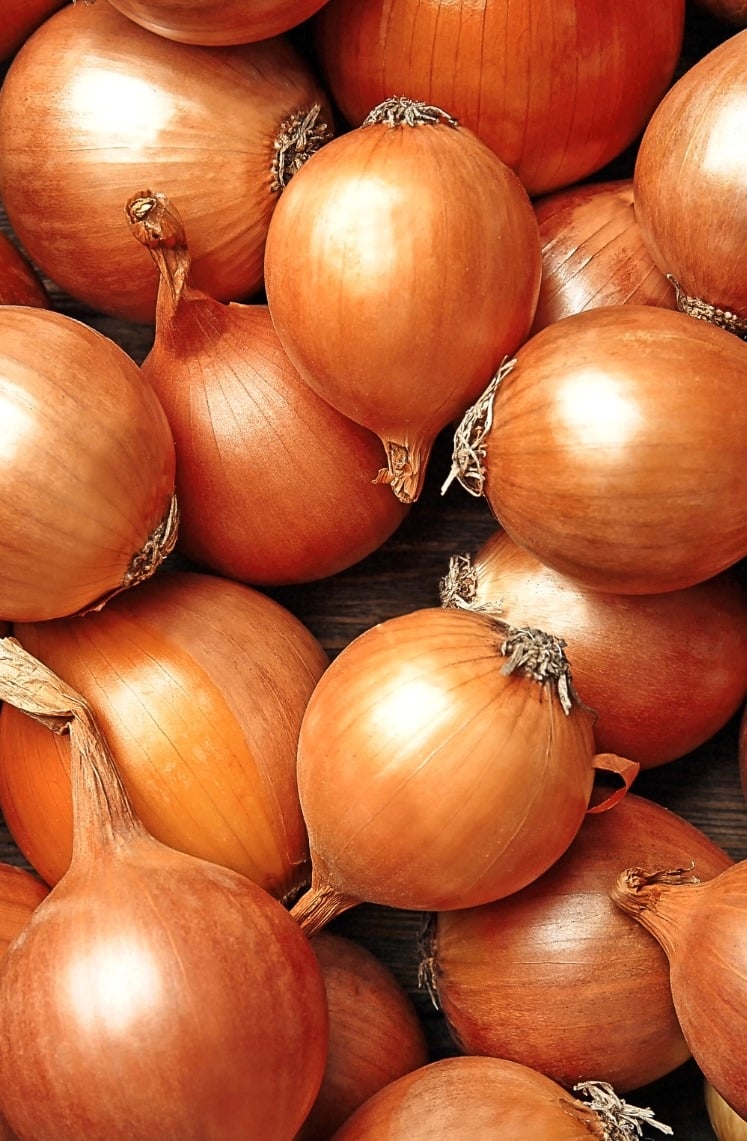



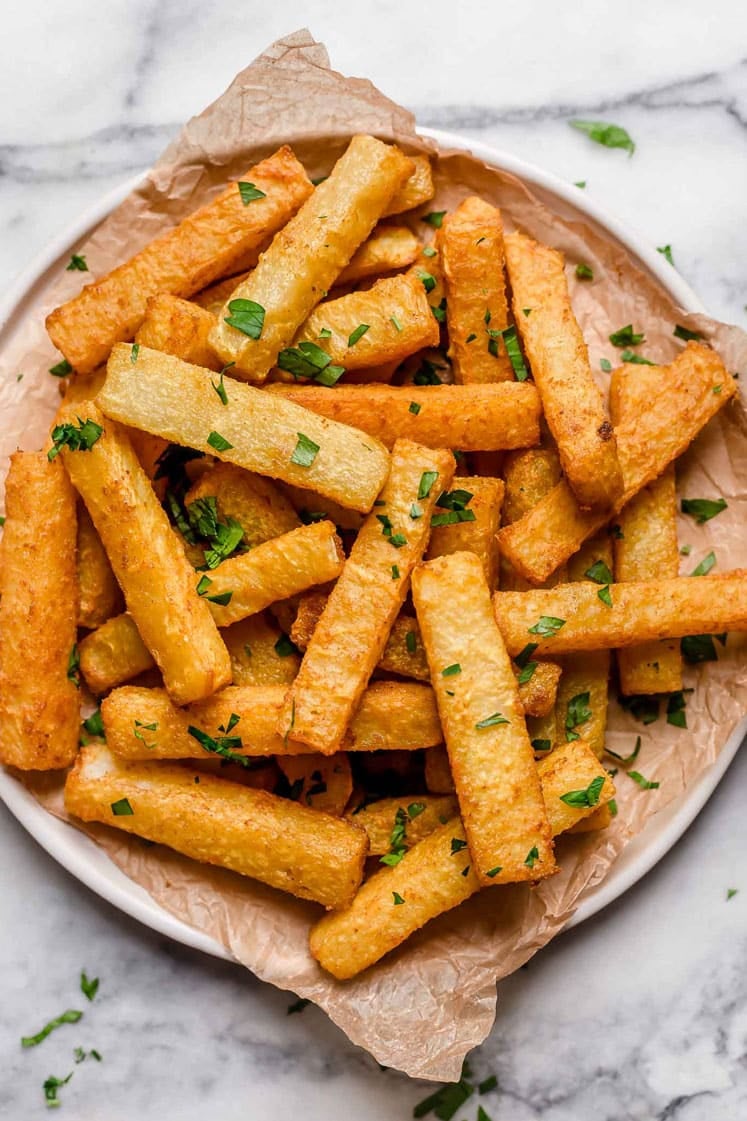
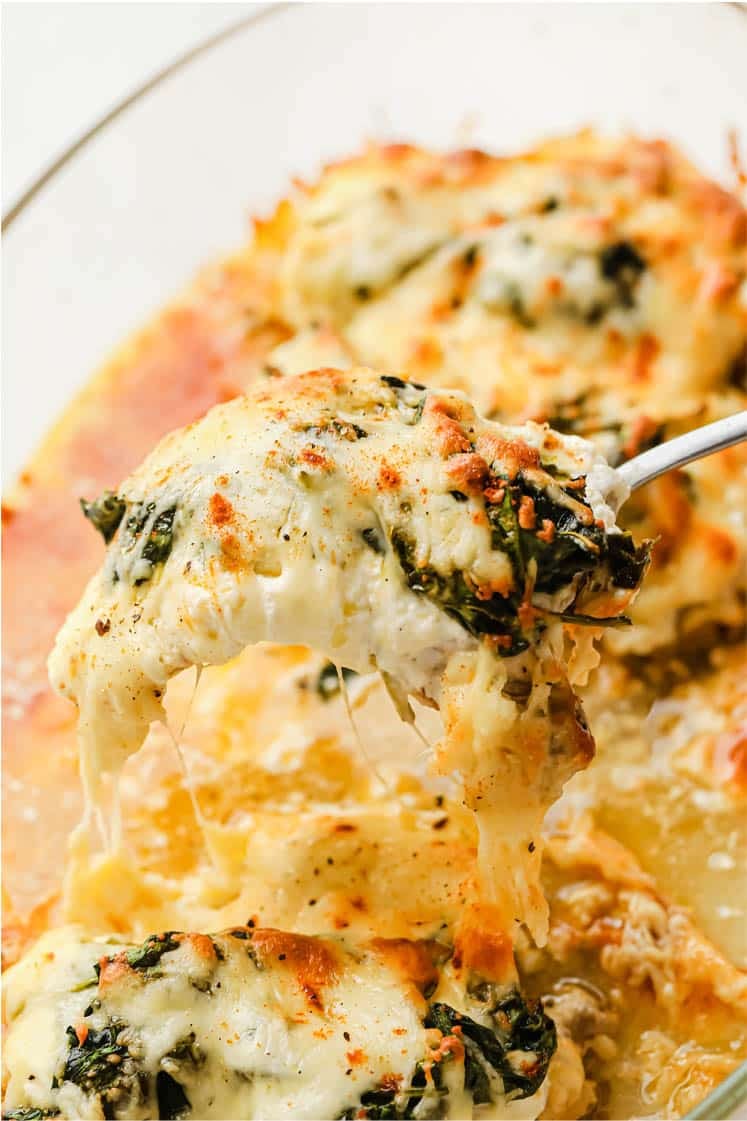








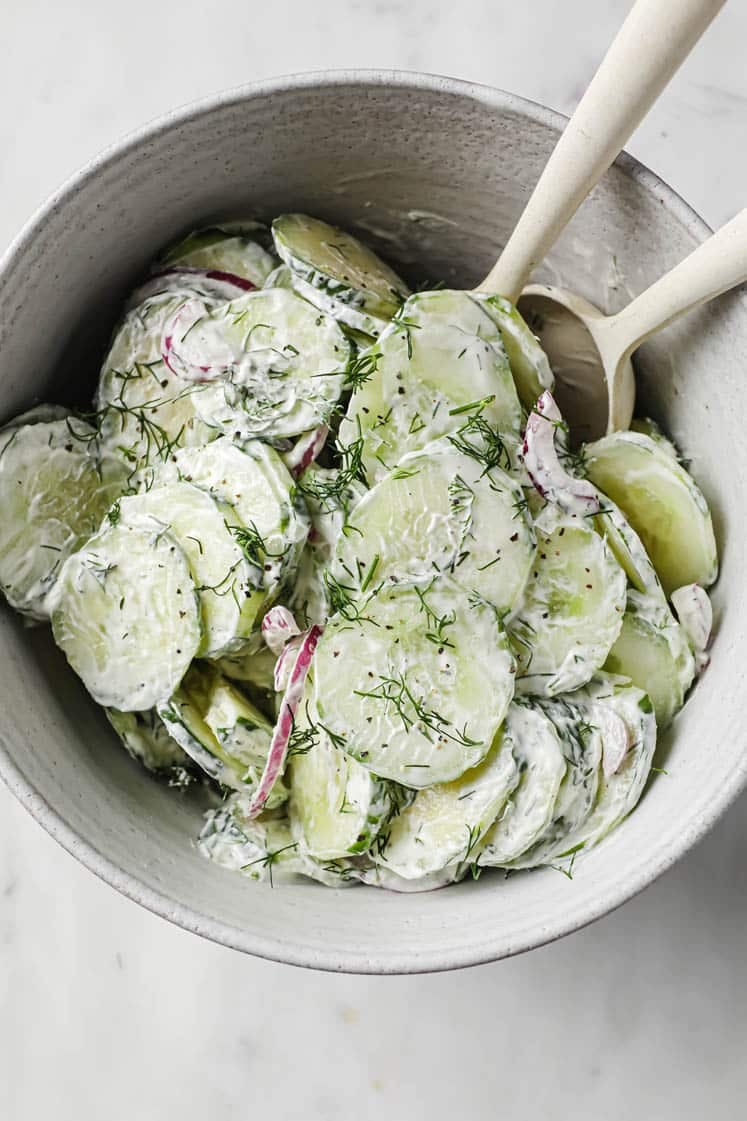









Leave a Reply